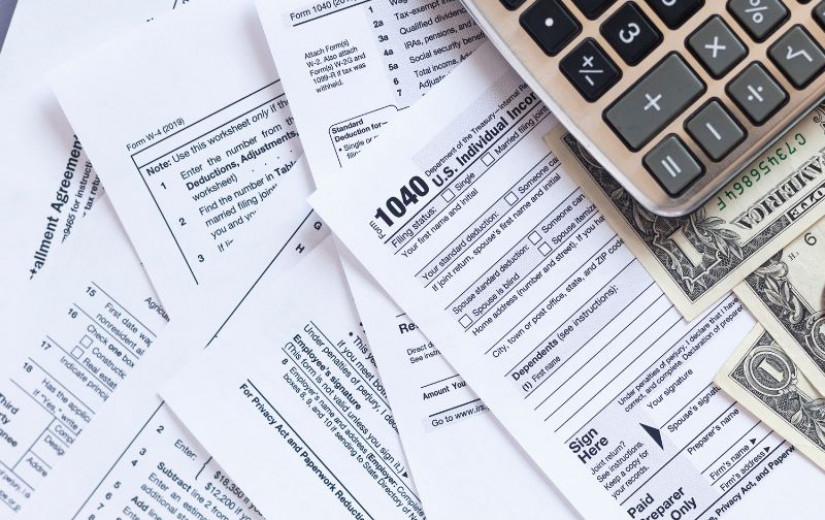
(HomeHelpersAlliance) – It’s no secret that energy costs have skyrocketed this year. In fact, the head of the National Energy Assistance Directors Association predicts another 10% increase in 2023, even though inflation is predicted to slow down to 3% or 4% by year’s end. The US Department of Health and Human Services (DHHS) has a federally funded program, LIHEAP (Low Income Home Energy Assistance Program), to help low-income families pay their power bills.
Last year, the government funded $3.8 billion for LIHEAP assistance—and it still wasn’t enough to meet everyone’s need for help in paying their electric and gas bills.
Who Qualifies for LIHEAP?
The program is targeted for households with incomes below the poverty level. If you have elderly or disabled member of the household, or young children, you should be able to qualify for LIHEAP assistance. Also, if it takes a large portion of your income to pay your energy bills, you should be able to get some help.
Although DHHS funds LIHEAP through grants to the individual state, tribes, and territories, each of those entities sets their own guidelines for eligibility. So you may qualify if you live in Nebraska, but if you live across the state line in Oklahoma, you may not qualify.
What If I Need Help but Have Too Much Income?
The LIHEAP qualification criteria isn’t perfect. Some households have too much income on paper, but still have too many other monthly costs to afford high energy bills. Before you panic, make sure that you follow the application process to the absolute letter. The National Energy Assistance Referral (NEAR) Project is free to LIHEAP applicants and helps you with your application. Here’s how you contact NEAR assistance. They are open regular business hours—7 am-5 pm—but are Mountain time.
- Email: energy@ncat.org
- Telephone: 866-674-6327
You can also contact NEAR through your state’s LIHEAP office or your tribal office.
Other Options for Help
There are other government and private services that may help you pay your heating and cooling bills if you still don’t qualify for LIHEAP help.
Emergency Rental Assistance (ERA)
The US Treasury has a program to help renters with utility bills. Emergency Rental Assistance (ERA) works with landlords to fill out the application and makes payments on the landlord’s behalf if utilities are not included in the rent. These are the eligibility requirements.
- Rental agreement for a house, apartment, or mobile home
- Lost income, unexpected expenses, unemployment, or financial hardship for a household member
- Household income falls below 80% of local average income
- At least one household member is at risk for homelessness
Department of Energy Weatherization Assistance Program
This program helps landlords and homeowners increase their home’s energy efficiency. Again, individual states, tribal governments, and territories manage this program. Here are the minimum qualifications.
- Be at least 60
- Have at least one family member with a disability
If you receive SSSI or AFDC you automatically qualify for assistance.
TANF—Temporary Assistance for Needy Families
Every state and territory in the US has a TANF program, although they’re called something different in every single one. Some tribal governments also participate in TANF. As with the other programs, eligibility requirements differ, but you must be a resident of that domain to qualify. You can find more information at your local TANF agency.
Social Services Agencies
Most communities in the US also have private non-profit organizations that help families in need. You can call *211 for information on contacting individual agencies. These are some agencies that are nationwide.
- Salvation Army
- Urban League
- Catholic Charities
SSSI recipients
If you have a disability, contact your local social service agency or your gas, oil, or electric company to find out if there are budget billing programs or payment plans available to you.
Copyright 2024, HomeHelpersAlliance









